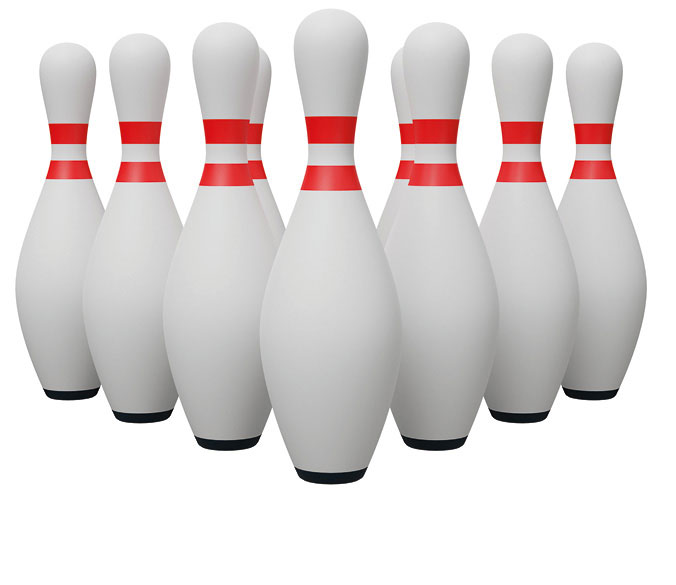Ask the Steward
Question: How many species of Ash are native to Indiana?
Answer: Ash has long been a common tree of Indiana’s forests and woodlands and an important commercial timber species with a rich cultural history. The species was also commonly planted in urban and community landscapes due to its beauty, hardiness and relative absence of insect and disease issues. That all changed with the invasion of the Emerald Ash borer (EAB) in 2004. While most ash trees in the State fell to EAB, it is still an important species which I believe will survive this pest in the long run. Back to your question: there are five Ash species native to Indiana. By far the most common and widespread is White ash (Fraxinus americana); Then Green ash (F. pennsylvanica) which is similar to White ash but generally prefers moist slopes and lower ground. The Blue ash (F. quadrangulata) is sporadically found around the state preferring drier rocky sites. The bark of mature Blue ash is flaky or scaly in appearance, and owning up to its scientific name its young branches are uniquely 4-angled. Black ash (F. nigra) also has flaky grayish bark and is more common in Indiana’s natural lakes region on moist to wet sites. It is a long-favored tree by Indigenous peoples for basket making. And lastly Pumkin ash (F. profunda– formerly F. tomentosa) Its fissured bark is similar White and Green ash, but mature Blask ash will often have a swollen base when growing in its preferred wet river bottoms and sloughs of Southern Indiana. All Ash species above have pinnately compound leaves and characteristic opposite branching habit. What about Prickly ash? Certainly, native to the Hoosier state Prickly ash is a unique shrub- but is a member of the genus Zanthoxylum and hence not a true Ash. More on that species another time.
Question: What wood is used for major basketball floors like Purdue University, Indiana University and the Indiana Pacers? Do they all use the same wood?
Answer: Sugar Maple is undoubtedly the top choice for natural basketball flooring across the United States and elsewhere with good reason. Its ready availability, durability, finishing qualities and the wood’s light-dark color contrast against a basketball make it a natural choice. In fact, the first basketball game ever played (1891), complete with peach baskets for hoops, was on a sugar maple gymnasium floor in Springfield, Massachusetts. That was over 130 years ago and while the design and flooring layout may differ, the official playing court of all NBA teams are made of Sugar Maple- except for one. Any guesses?
As for collegiate basketball arenas, Sugar maple is clearly the top choice, including Indiana and Purdue universities- and most likely the college court near you. It’s a great floor with great ball bounce, footing, color contrast and natural beauty. Yet the Boston Celtics chose another species common to Indiana- Red Oak. Making their BAA debut in 1946 during a time of materials shortage, lumber options were limited. Persevering and with some creativity they pulled together surplus scraps of Tennessee Red Oak to create the Celtics classic parquet oak floor. That tradition continues today.
Dan Ernst is a professional forester and past Assistant State Forester with the Indiana Division of Forestry. He has authored ‘Ask the Steward’ since 1992 and can be reached at foresterdan@yahoo.com.
Side note- Bowling pins are also made of Sugar Maple, but not just any Sugar maple. The ABC and WIBC, which regulate bowling pin construction, requires sugar maple be sourced north of the 45th parallel to achieve the required bowling pin density. Which unfortunately excludes Indiana grown sugar maple.

